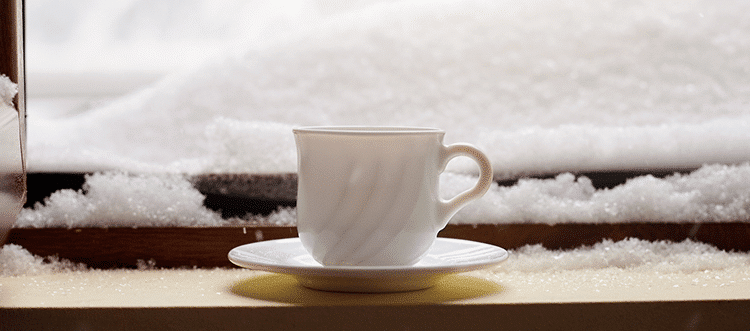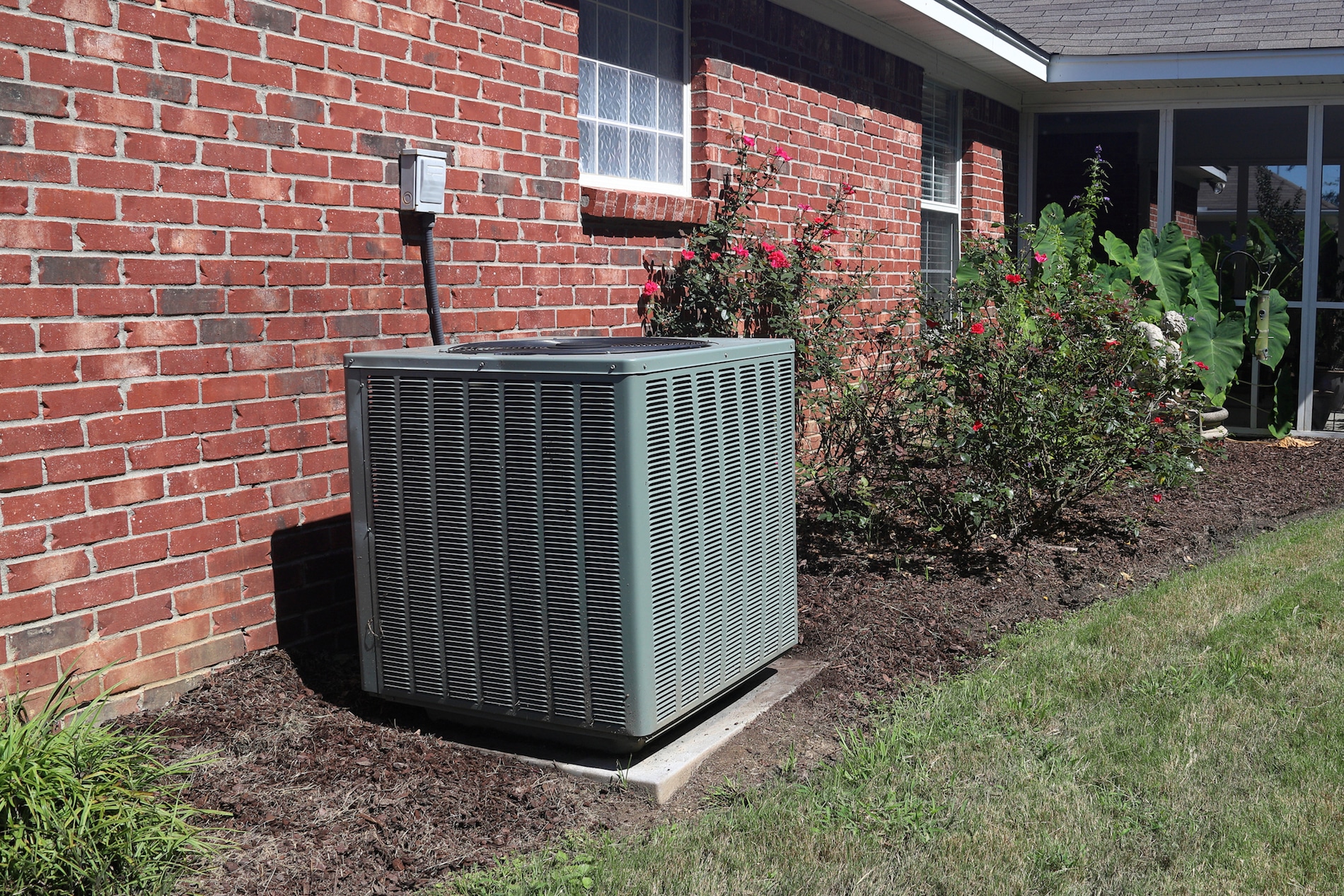
Power Management for this Winter
With him, came rising thermostats and furnace usage. And you can rest assured that, not far behind, will be rising energy costs as your HVAC system works to keep your home cozy and warm in the face of nightly temperatures in the 30s.
However, just because freezing temperatures are in the air does not mean that you need get gouged by your utility bills. In fact, there are several steps that you can take that will help keep your energy/gas costs lower during even the most brutal winters.
Keep your furnace/heat pump serviced
First things first, if your furnace or heat pump is old (the average lifespan for a gas furnace is 15-20 years, while a heat pump lasts on average 15 years) or if you’ve noticed that it has not been performing up to standards, then make sure it receives a thorough check up from a NATE-certified HVAC technician. There are several small things you can do to help it run at full capacity, such as replacing/cleaning any necessary filters, but to ensure it is fully functional you’ll want to have a professional give the unit a thorough check. It is also much easier to maintain a unit with regular service checks (every six months or so).
Make sure you have a programmable thermostat
This may require an upfront financial commitment, but it will pay itself off over time, as a “smart” thermostat will allow you to more efficiently heat your home. It does this by permitting you to set different heating schedules, which allows your system to not work as hard. For instance, if you set your thermostat for lower temperatures during the day, it will not have to work as hard, as your house naturally warms up thanks to the sun. It also keeps the system from working as hard to heat an empty home (assuming there is no one home during the day). You can also program it for cooler temperatures when you are away for holidays or vacations.
Make sure your windows and doors are tight
Gaps in your windows and doors – or cracks in the windows or poor weather stripping – are the most common places for heat to seep out of your home. Use caulk and silicone to seal gaps in your window frames. You can also add storm doors and windows, as well as drapes or shutters to help insulate these areas. Also, look for crevices in the seal of your doors and windows. Most of the time you’ll be able to see the gaps easily enough. But if you are uncertain, you can try this old trick: put a dollar in the door or window frame and close said door/window. If you can easily pull the dollar out with the door/window fully closed, then it’s time to replace the seal.
Make sure that your air vents are free
It is a simple fix, but you’d be surprised how many times both supply and return vents get blocked by furniture. To work 100 percent, vents need 18 inches of clearance around them. And if they are impeded, they will not properly circulate air, hot or cold.
Don’t heat unused rooms
If you have a bonus room or spare bedroom that goes unused for long stretches, consider closing the vents in those rooms. Also, you should never heat uninsulated rooms, garages or crawlspaces. That is essentially burning up money, as they will not retain heat without insulation. Speaking of insulation…
Inspect your insulation
Proper insulation keeps you warm in the winter and cooler in the summer, so be sure to take a look at yours and ensure it is sufficient – especially in the attic, though floor and wall insulation are also important. Insulation is measured by “R-values.” The higher the R-value, the better your home will resist the transfer of heat. In north Georgia an R-value of R38 to R60 is recommended for the attic and R25 to R30 for the floor. There are several types of insulation, including spray foam, fiberglass, cellulose and mineral wool insulation, and all have different attributes and occasionally need to be replaced. Spray foam can last up to 100 years, as can fiberglass, while cellulose lasts 20-30 years and mineral wool can last 30-40 years. However, if you see any glaring holes in your insulation, or feel consistent drafts, it is definitely worth having it checked by a professional.
Inspect your water heater and pipes
Keep your water heater around 120 degrees Fahrenheit. If your water heater is set too hot, it will not only waste energy, but can be a safety hazard. Also, it is a good idea to insulate your water heater and any pipes. An insulating jacket for your water heater tank is easy to purchase and can be a big help – especially if the water heater is located in an unheated area of your home. You can also insulate long sections of hot water pipes to help save on water heating costs.
Keep your thermostat at a cooler setting
This is an obvious one, and it can make a BIG difference in your winter utility bills. We know it is hard for some people to stomach being cooler, however, know that you could save up to 10 percent a year on your utility bill just by setting your temperature 7-10 degrees cooler in the winter. Try setting your thermostat around 68 – especially when you’re away from home or asleep – for one week and see how your family adapts. It could mean a sizable difference to your bottom line. In the meantime, utilize blankets and wooly socks to help keep you warmer inside. It may seem a bit much, but it could also be worth it.
How cold is your refrigerator?
This definitely seems counter intuitive. You’re supposed to be thinking about heat, right? Well, if your fridge is running colder than it needs to, it is utilizing extra energy in order to do so. Check your brand of fridge to locate the manufacturer’s recommended running temperature and compare it to where yours is currently operating. By the way, the FDA recommends 40 degrees for all brands of fridges. Also, make sure that the seal is tight on your fridge. A leaky fridge is like a leaky wallet. Which leads us to another set of appliances.
Wash clothes with a plan
Washing machines and, especially, dryers require a lot of energy to run. Therefore, in order to be energy efficient and keep costs lower, you should strive to only wash full loads. It is also smart to line dry when possible (instead of using the dryer). You should also wash laundry on the cold setting as often as you can.
Don’t leave the garage open
Just because it is not insulated does not mean it’s OK to leave the garage door open. In fact, keeping it closed acts as an entire room that insulates the side of your home to which it is attached.
Make sure your chimney damper is closed (when not in use!)
Fireplaces can act as an extra source of warmth, and you should absolutely make the most of them. However, it is also smart to remember to close the damper when it is not in use. Otherwise, it is just another escape route for the warm air already in your home.
Use your ceiling fans – in the opposite direction
If you use a fan in the summer, you can use that same fan just as well in the winter. By setting the fan blades to rotate clockwise (usually by a simple switch located on the fan itself or on a remote control), you will push warm air downward, making you feel warmer. Remember, warm air rises, and it can go wasted just sitting there on your ceiling.
These are all relatively simple do-it-yourself hacks that could make a big difference in your bottom line. However, there are times when your HVAC system – whether it runs simply on electricity or is gas powered – just cannot handle the job of efficiently keeping your family warm. If you find yourself in this situation, it is best if you find a professional heating contractor to assess the problem. At Conditioned Air Systems, we have kept countless homes comfortable throughout north Georgia winters for four decades, and we are always happy to come out and assess your complaints. Don’t let old man winter ring up a ridiculous utility bill, call us today at 770-536-7509 and we’ll get you back to energy efficiency ASAP.
Your Trusted HVAC Experts for Home Comfort and Efficiency

